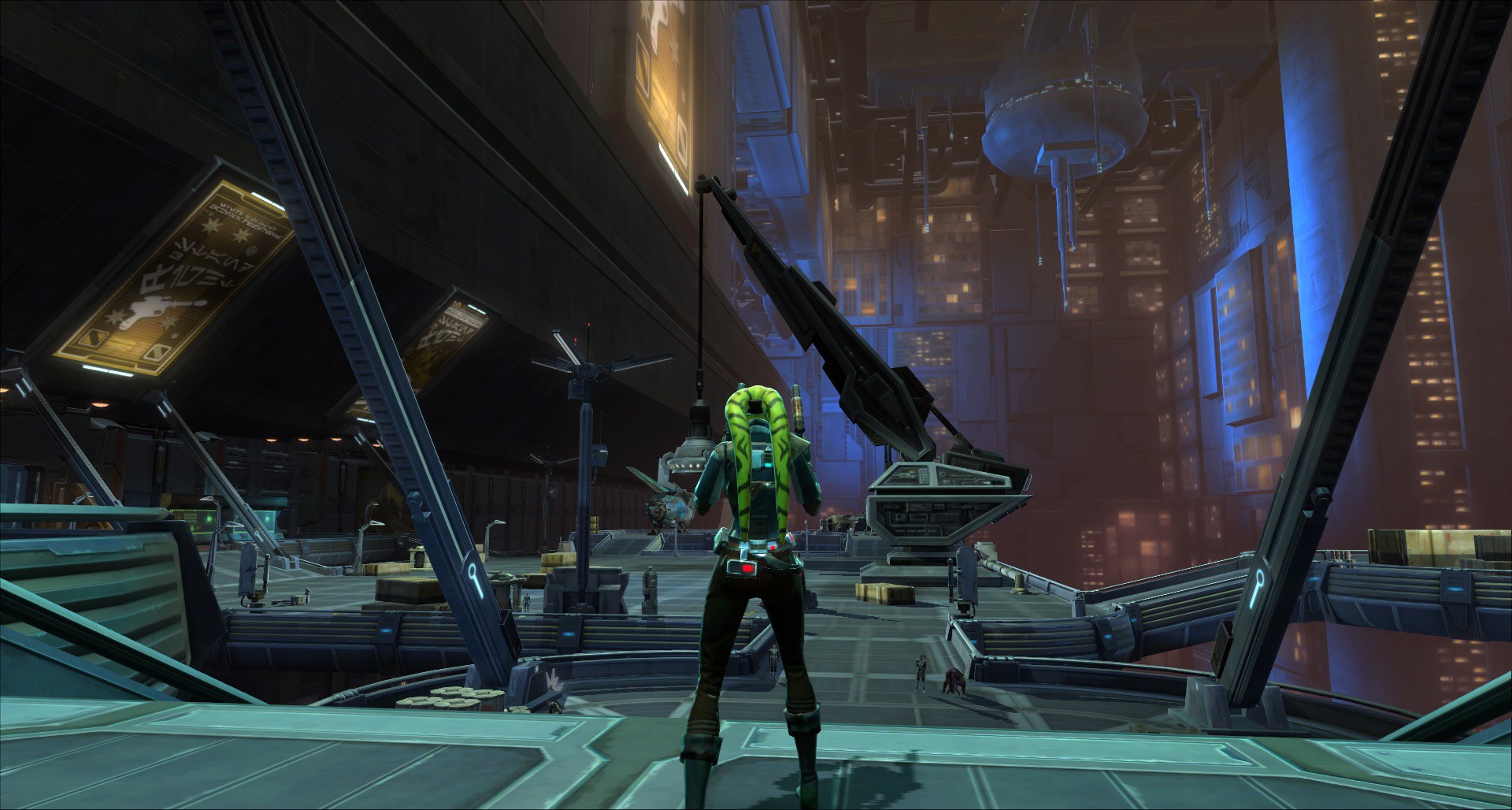
Don’t force V-Sync through Nvidia or ATI Catalyst control panel it will make performance worse in most cases. Setting in-game setting ‘Character Model’ to low will give you much-need performance boost and add to that, its effect on graphics is minimal. Recommended – Nvidia users can force tipple buffering and enable multi-tasking it has helped several users. This is a trade-off you will have to make. You want Bloom, Shadows, Vertical Sync and Anti-Aliasing then you will have to adjust Texture quality and other graphics setting appropriately so you can still run SWTOR at best performance.

Whatever changes you make here will directly affect the settings that follow. Higher the resolution, prettier the graphics, and more resources required to run the game. Resolutions Game supports a range of resolutions, pick one that your monitor or LCD supports and stick with it. Thanks more help on Star Wars: The Old Republic, read our SWTOR troubleshooting guide. ini file).Following are the list of in-game options with the recommended settings that you can tweak in the graphics option menu of Star Wars: The Old Republic. It is a shame they hardcoded the limit in KOTOR2 in KOTOR, there was no such restriction (you still only had up to 85 Hz in the menus, but you could set it to whatever you wished in the.

You can use the tool called RivaTuner to do refresh rate overrides still, but it will have to remain resident in memory. So if your monitor is initially detected as "Default Monitor", you are out of luck with this. nVidia drivers only support in on EDID monitors (I had to cut off my EDID pins because the monitor was being detected correctly 50% of the time). The intro movies may be displayed at 800圆00 after this, but all other cinematics should still be at 640x480.Īn easier way is of course to use display refresh rate override, if supported by video driver.

Of course, you will have to change it manually again if you change the game video mode from the menu. This will force the maximum refresh rate that the display driver reports in all video modes. After you do this, open swkotor2.ini and change RefreshRate=? (where ? is a number) to RefreshRate=-1 everywhere. There's nothing short of changing the hardcoded limit in the executable (at VA. Refresh rates above 85 Hz are NOT the problem of monitors/graphics cards, as I discovered.


 0 kommentar(er)
0 kommentar(er)
